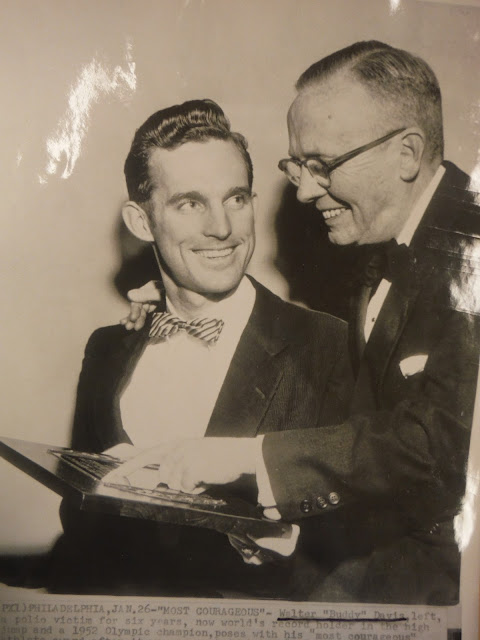Jose Sant in Montreal sent me a website that included information about Italian track nuts who are doing some interesting work to preserve memories of the sport. In that website were all time performance lists for Italian Men and Women. This shows that we are not alone in the track world of trying to preserve the history of this great sport. I'll also include the website as well if you are interested. To get a translation in English, open the website, then right click on your mouse and a box will open. Click on the instruction , " translate to English" and a computer generated translation will open, proving once again that the computer is not quite up to where the human brain is regarding nuance in language. George
Italian Men's All Time Performance List
Italian Women's All Time Performance List
Italian Historical Archive Site
Below is an extract from this website
We receive and publish.
I read with great interest the "story" that Marco Martini Italian sprinter has devoted to the early twentieth century, Ettore Caps. And I remembered to have in the library a book that I bought in Britain a few years ago, a book certainly Italic ignored our latitudes, published in the UK in 1943, then in the middle of World War II. So that in the back of the title reads: "this book is produced in complete conformity with the authorized economy standards ", but despite the limitations of the war economy the volume is very well presented, with a nice red cover, a hardcover that resists like new after more than seventy years, and some 91 photographs of excellent quality of the most celebrated sprinters, distance runners and cross-country professionals, as well as the organizers of those shows. Because it is precisely the professionals races which is dedicated, and as far as I know should be the only one on this matter. The well also think the compilers of the most useful publication, also British , "The British track and field guides to literature in 1275 to 1968 ", published for the first time in 1969 and then republished a few years ago by the British Library. We read on page 37 to comment " Powderhall and pedestrianism. The history of a sports enclosure, 1870-1943 ", this is the book to which I refer: " Professional athletics is a sport and twilight Jamieson is the only writer in modern times to give it a detailed consideration ". David A. Jamieson is the author, in fact.
In the north of the city of Edinburgh is created this space dedicated to professional sport, with races for men but also for animals, races that attracted thousands of spectators and especially of punters. Legacy of that road racing in the early nineteenth century who lived on large bets among the rich guy, who walked for days and days. A beautiful story with all the details is told in the book by Walter Thom (1813) walk on the "Captain Barclays", so he was known. From 1870 onwards Edinburgh flourished a busy pedestrian activities, involving not only the sprinters but also middle-distance runners, even the marathon runners. If we go into details never end, then we return to our caps. I asked myself if it was as good as he told the Italian reporters that "drank" avidly all, it should be somewhere above bid, with all the details, from Jamieson in her book. I looked in the index and found " Hoods, H., See Hector, C ". As also writes Martini, our was known to Edinburgh as Hector, and not with his Italian surname. Beside a reference: page 172, where it is the year 1916. He writes this author:
" Coincident with Those events were the attractions provided by sprint handicaps And Also the continued popularity of dog-racing. In connection with the former a unique occurrence must be Referred to-one wich, moreover, has no parallel in the history of the Grounds. this incident occurred in the final of 130 yds. handicap run onSeptember 30, When Two runners ran two successive dead-heats, and Their struggle continued in a third attempe before a final decision was Gained. The runners were C. Hector , Edinburgh, running from 16 yds., and M.Malcon, Edinburg, handicapped at 11 yds., and Hector after another grim struggle succeeded in Gaining the judge's fiat. Both men were well-known competitors at Powderhall, Hector (in private life known as Caps ) was responsible for the introduction of many famous runners of foreign extraction, icluding the Kolehmainen brothers, to this country, whilst Malcon had a very successful carreer as a handicap winner, especially in the lower supporting items of the various New Year Galas, in cui he was successful in no fewer than four 220 yds. handicaps. ".
So our Ettore was a well-known competitor , and is what results from the search for Martini., But not a super And this is meant to be only a small documentary evidence, nothing else.
In the picture: the title of the book by David A. Jamieson
































































